The entire case should have collapsed on that very day when the order on the charges was to be pronounced, with a direction to exonerate all accused, if what the 2G verdict now holds is the correct view – subject to its fate in appeal.
New delhi: What an irony! It took 2G special court judge OP Saini about seven years and more than 1,500 pages to conclude that there was not a single piece of “legally admissible evidence” against any of the 17 accused in what was touted as one of India’s biggest scams.
One would question — and rightly so — on what basis the charges were framed in this case, which culminated into a protracted trial spanning over six years. Principles of criminal trial enunciate that charges are framed only after the trial court is satisfied about the ‘primafacie’ case against the accused.
In his 1,552-page judgment, 2G judge Saini talks about how he waited for around 7 years from 10am to 5pm everyday – with a special emphasis on “summer vacation” – for someone to approach his court with legally tenable evidence, but to no avail.
This statement, which may remind many of a popular scene from the Bollywood comedy ‘Jolly LLB’, would have displayed the judge’s anguish but for one exception that it was the same judge who had found sufficient legally admissible evidence available on re- cord to kick start the trial on a day-to- day basis after framing charges in October 2011.
The entire case should have col- lapsed on that very day when the order on the charges was to be pronounced, with a direction to exonerate all accused, if what the 2G verdict now holds is the correct view – subject to its fate in appeal.
If six years of trial, which was being monitored by the Supreme Court and in which the chargesheets were vetted by the Central vigilance Commission (CVC), eventually determines that the premise of the whole case was “rumour, gossip and speculation”, this was not only a fragrant violation of the rights of the accused who were made to stand trial and their bail pleas were repeatedly dismissed, but also an avoidable waste of public money and human resources – and for this, only and only the trial court is answerable.
Judge OP Saini described the chargesheet as “orchestrated” but it was his decision to order trial against the accused based on the same “orchestrated” chargesheet.
Alternatively, if we tend to reasonably construe it as a case of late realization by the trial court, then also the judge, being the master of the trial, should explain why a trial would run for six years without any evidence against the accused; why the judge would not exercise his powers under the Criminal Procedure Code (CRPC) to demand evidence from the prosecution during the trial; why it is only at the stage of writing the judgment the court acknowledged that the prosecution had no case at all and finally, why did it take the judge eight months to author the judgment of acquittal in a case that was bereft of any merit.
Section 311 of the CrPC empowers the trial court to summon and examine “any such person if his evidence appears to it to be essential to the just decision of the case”.
There have been several instances quoted in the judgment where the judge drew inferences to reach conclusions that former Telecom Minister A Raja was not guilty of manipulating the process of 2G license allocation so as to illegally benefit some companies or to loot the public exchequer.
Consider this portion of the judgment: “It is clear that somebody from the PMO had given a go ahead to the DoT for issue of new licences and most probably it was Sh. Pulok Chatterjee himself… It was not A Raja, but Pulok Chatterjee, in consultation with T K A Nair, as he had suppressed the most relevant and controversial part of the letter of A Raja from the then Prime Minister.” But Pulok Chatterjee was never called as a witness during the trial.
The prosecution did not make him a witness and the judge, finally condemned both Chatterjee and Nair, without feeling the need to call them to the court first.
Was it not proper for the trial court to invoke its powers under Section 311, CrPC and call Chatterjee and Nair as witnesses before arriving at the conclusion that “most probably” Chatterjee gave a go ahead for the grant of 2G licenses and thus it was he who misled then PM Manmohan Singh?
If the accused has a right to earn freedom for want of proof, why should a man be declared guilty of suppressing facts in a case like this, without giving him an opportunity to explain? Is this not declaring a man guilty without giving him an audience first – one of the principles of natural justice i.e. audi alteram partem?
Read this too: “Prime Minister is a busy executive. Where from would he find time to read such lengthy notes. Prime Minister is not expected to be immersed in files. It was much easier and better for him to read and understand the letter of Sh. A Raja rather than this note of Sh. Pulok Chatterjee.”
Another part of the judgment stated: “There is no material on the record to show if this letter was taken note of in the PMO. Hon’ble Prime Minister may even not be aware of this reply.”
This also forms a part of the verdict: “When the letter was duly discussed and considered by the Hon’ble Prime Minister, and no one from the PMO has been examined as a witness nor the relevant files with processing notes have been produced before the Court, how can one say that the facts were misrepresented or that the Hon’ble Prime Minister was misled regarding the opinion of Law Minister for referring the matter to EGoM?”
Here again, if the letters between the PM and A Raja and the consequent actions held the key to determine whether there was a conspiracy or not, what prevented the trial court from summoning the PM and/or other officials from the PMO as witnesses instead of drawing inferences by citing lack of prosecution witnesses and using phrases such as “may” and “is not expected”?
The trial court harped upon the same formula when it indicted the then Law Minster and the Law Secretary but never summoned them as witnesses to ascertain why they objected to the Raja’s mandate on 2G license allocation.
“If the Law Minister felt so strongly about the matter to be referred to the EGoM, he should have written either to the Prime Minister or to Sh. A Raja, instead of recalling from DoT, a reference which had already been returned… the conduct of the Law Secretary and the then Law Minister was against all established canons, discipline and protocol of Government working,” read the judgment but did not state why these high functionaries were being reproached without letting them take the witness box.
Undoubtedly, the prosecution’s case has to stand on its own feet and the judge is absolutely right when he says that the “high profile nature of a case cannot be used as grounds for holding people guilty without legal evidence.”
But it is an equally important principle laid down by the Supreme Court in a body of judicial precedents that “a criminal trial is meant for doing justice to all, the accused, the society and a fair chance to prove to the prosecution, since then alone can law and order be maintained” and therefore, the presiding judges has a duty “to find out the truth, and administer justice with fairness and impartiality both to the parties and to the community.”
The question therefore looms large whether the prosecution was given a “fair chance” to prove the case and also if the trial court did its best “to find out the truth” apart from following the golden rule of “proof beyond reasonable doubt”.
It is also intriguing that the trial court allowed the defence, including the prime accused Raja, to lead evidence and examine witnesses under Section 313 of the CrPC even though the judgment now appears to have ruled that prosecution had no case at all. What was the necessity to hear the arguments of the defence if the prosecution’s case was without any “legally admissible evidence” against them?
Further, if the judge is correct in holding that “a huge scam was seen by everyone where there was none”, what is the “mess” the judge is talking about?
The trial court noted that a “mess” and some “confusion” got created due to action and inaction of some bureaucrats in PMO, DoT and Finance Minis- try. However, if Raja’s note to the PM was unambiguous and that there was nothing wrong in the method of granting of 2G licenses as proposed by Raja, where is the question of these officials creating a “mess” by surreptitiously approving this method?
About routing of Rs 200 crore from Dynamix Realty to Kalaignar Tv (P) Limited, which was run by the DMK family, including Kanimozhi, through Kusegaon Fruits and vegetables (P) Limited and Cineyug Films (P) Limited, the trial court agreed that the transaction “may have some unusual features and the documentation created for the same may suffer from deficiencies”. But it held that these factors alone did not make it out a “transaction of payment of illegal gratification.”
The prosecution’s case of the money trail was dismissed on the ground that it could not establish a link of the money with public servants and that there was also a problem of “chronological proximity” because the first transfer of money began four months after the licenses were given. Thus, no upfront or transfer of money in quick succession prompted the judge to rubbish the prosecution’s claim, thereby ignoring the possible criminality of the transaction although under the Prevention of Corruption Act, it is not required to prove pecuniary benefits.
While cancelling the telecom licences, the Supreme Court had fined three companies of Rs 5 crore each, and five others of Rs 5 lakh each, for earning the benefits of the “wholly arbitrary and unconstitutional action” in grant of 2G licenses. But with the trial court now deciding that there was no scam and no illegality, the companies would do well to demand a refund, along with inter- est and damages on account of loss of reputation etc.
The Supreme Court, in its main judgment, indeed clarified that investigation and the criminal trial will not be affected by its order of cancellation of licenses but the truth of the matter remains that CBI and ED were directed to file reports on status of probe in the top court after vetting by the CvC.
So does it now mean that all these status reports lacked complete sub- stance and “legally admissible evidence” but the CvC as well as the Supreme Court silently accepted these reports?
One of the finest legal minds, Justice Krishna Iyer had in Inder Singh v/s State (Delhi Admin), 1978, emphasised that if a case is proved perfectly, it is argued that it is artificial; if a case has some flaws, inevitable because human beings are prone to err; it is argued that it is too imperfect.
“Proof beyond reasonable doubt is a guideline, not a fetish,” he had further emphasised. The final word by the trial court in 2G case seems to be a precise illustration of the apprehensions that were raised by Justice Iyer four decades ago.
Utkarsh Anand: Author is the Legal Editor of CNN-News18.







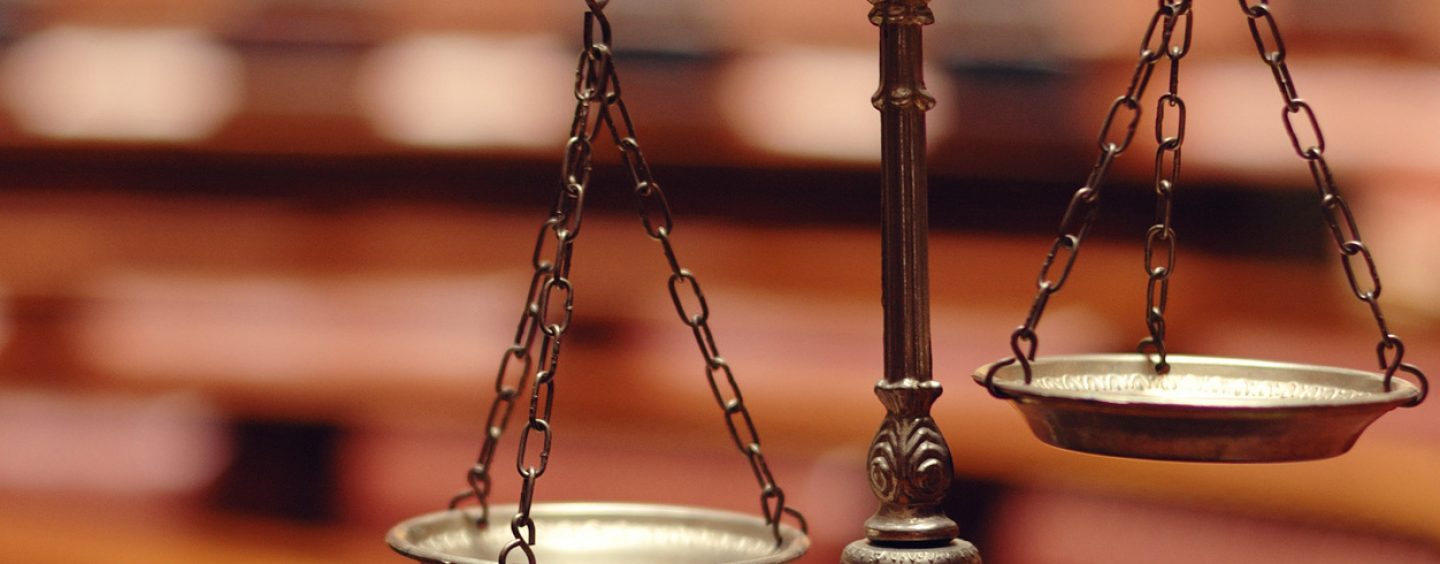
 OpinionExpress.In
OpinionExpress.In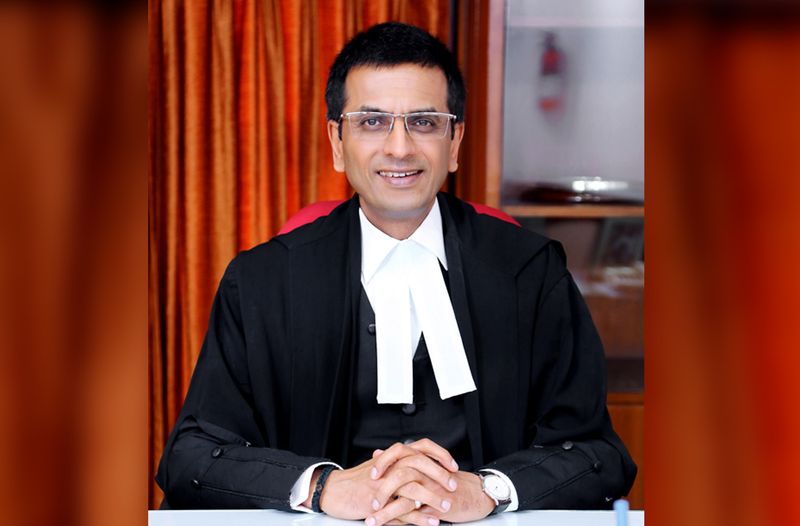
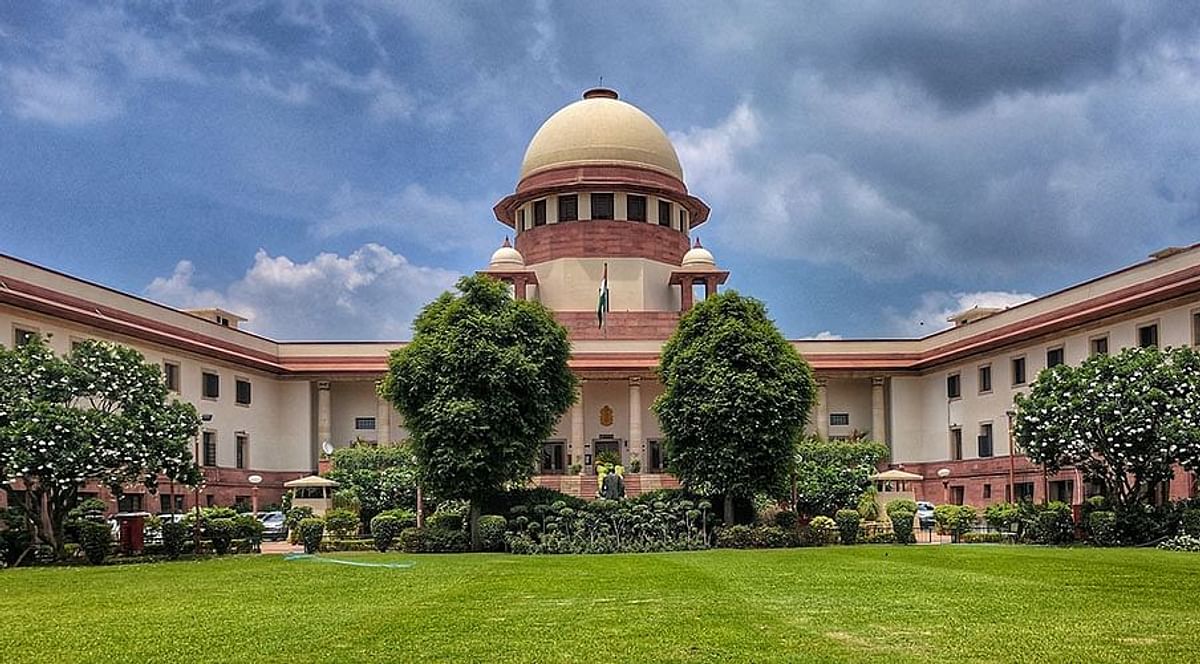
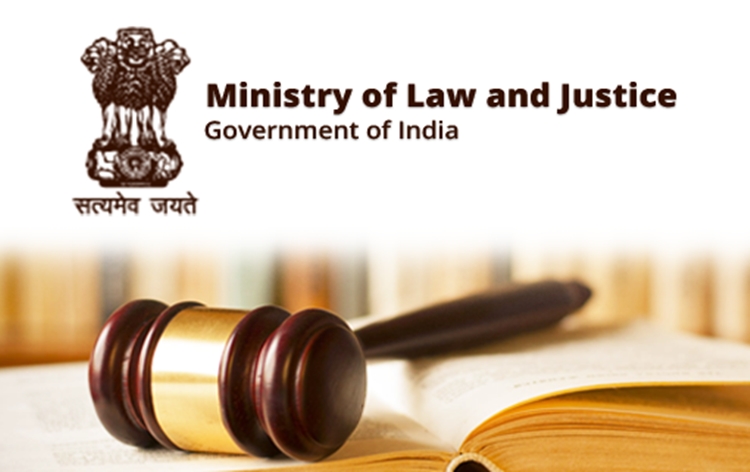
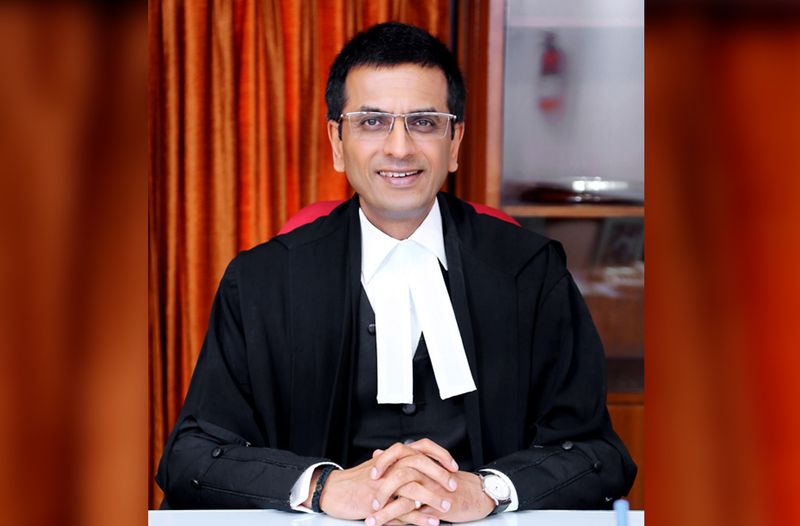
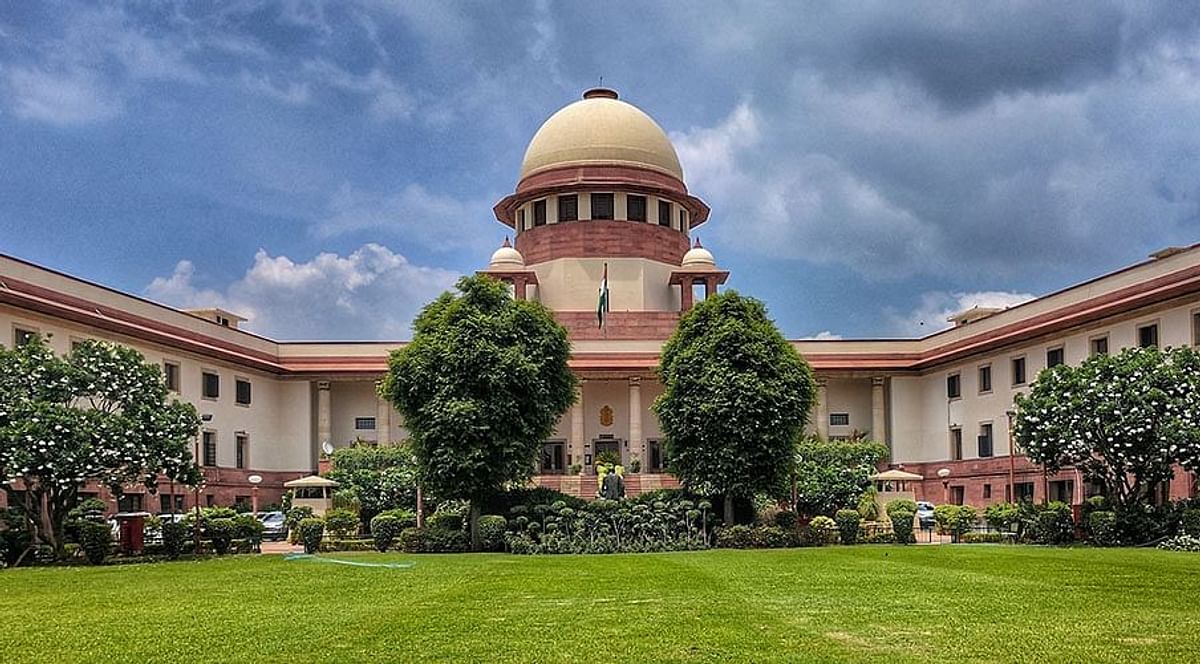
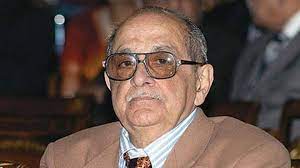

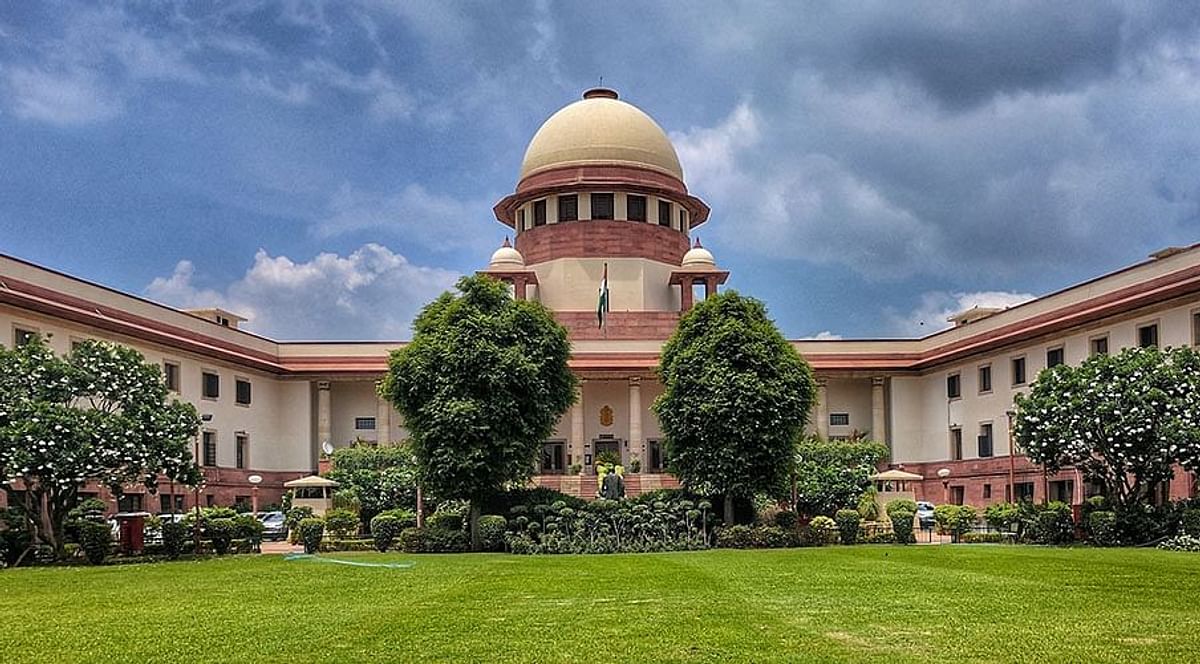
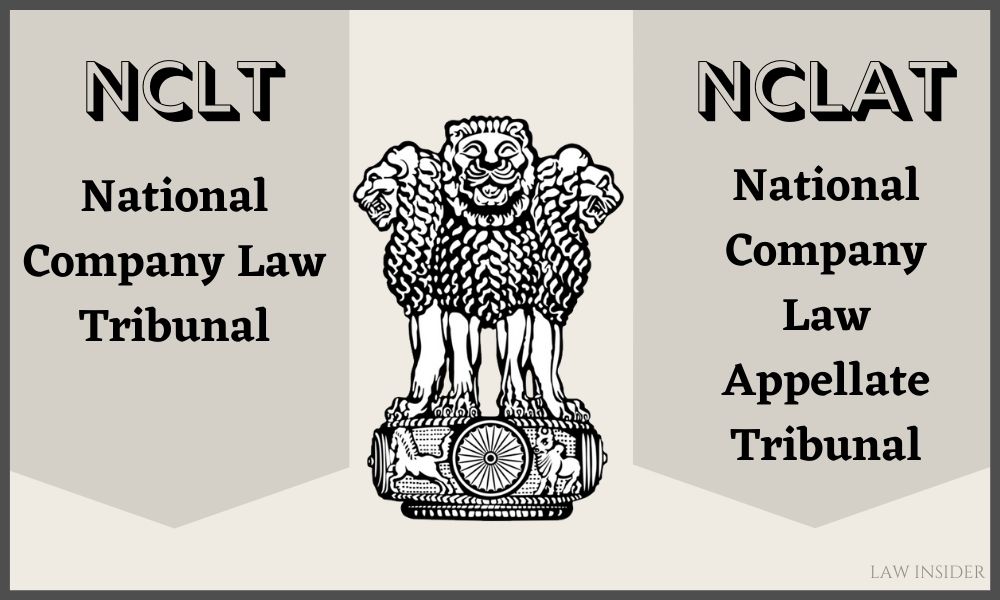
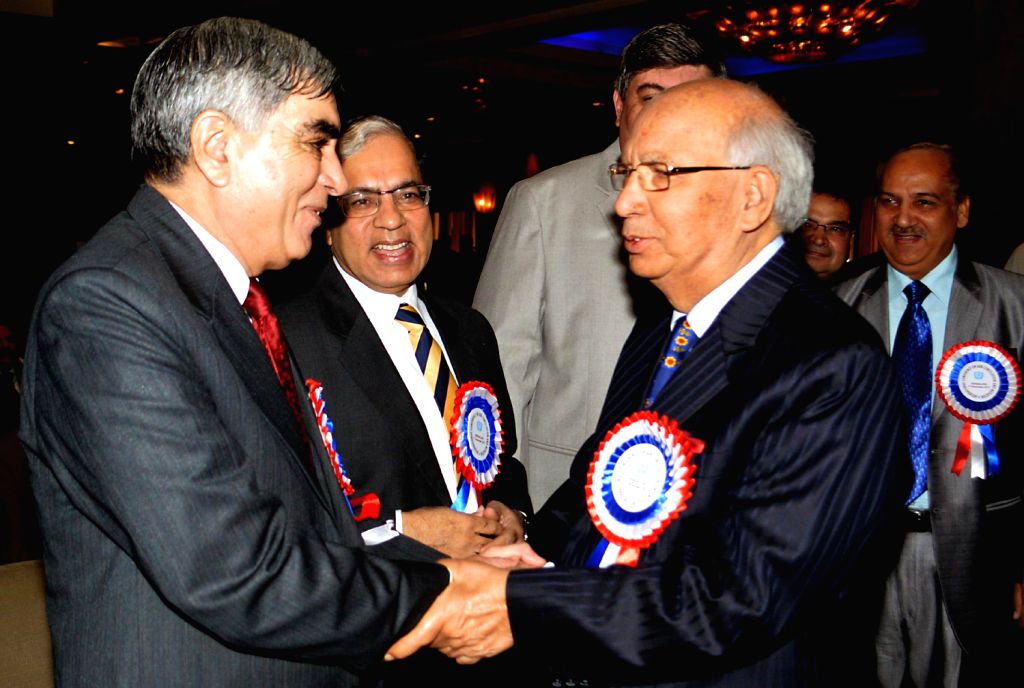






Comments (0)